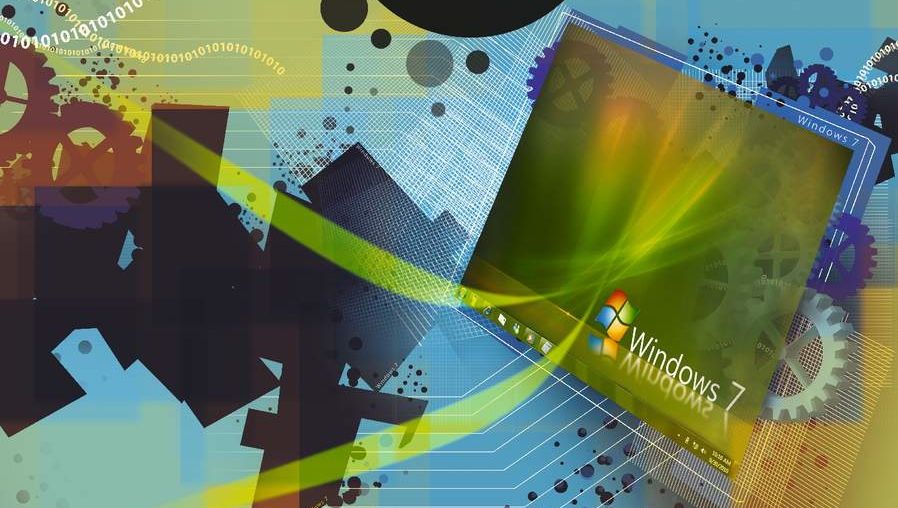

This will walk you through upgrading your current PC or creating a bootable USB drive to install Windows on another machine. While you can sometimes find a physical copy of Windows at stores like Walmart and Best Buy, the best way to install Windows for most people is through Microsoft's Windows download page.Ĭhoose the version you want, then click the Download button under the Create Windows installation media section to grab the Media Creation Tool. We'd recommend saving for a new computer, as you won't be able to upgrade your current machine to Windows 11 later on. In case you have a 32-bit processor and are upgrading to Windows 10, you can still install the 32-bit edition. This gives you the best performance and prevents you from going through another upgrade later. If it is, you should install the 64-bit version of Windows when you upgrade. Windows 10 through Windows 7 are available in both flavors. If you have a 32-bit CPU, you can't install Windows 11 at all. Windows 11 is only available as a 64-bit version. Conversely, while it's possible to install 32-bit Windows on a 64-bit processor, you must run 64-bit Windows to take full advantage of a 64-bit CPU's benefits. If you have a 32-bit processor, your only option is to install 32-bit Windows. 32-bit processors are still present in some old computers, but have been almost entirely overtaken by 64-bit CPUs today. 64-bit machines can process much more information at once, making them more powerful. Like Windows, processors are either 32-bit or 64-bit.

Whether you can install a copy of 32-bit or 64-bit Windows depends on the processor inside your computer. We've discussed the differences between 32-bit and 64-bit Windows elsewhere, which we'll summarize briefly here. 32-Bit and 64-Bit: What's the Difference? Some features require hardware components installed on the computer, such as a TV tuner card for viewing live TV with Media Center.Let's discuss the differences between 32-bit and 64-bit Windows, and which one you should choose next time you install Windows. The Windows 7 Ultimate operating system: The most powerful and versatile version.Īdditional information about the differences between the versions is available on the Microsoft Web site. The Windows 7 Enterprise operating system: Designed for large corporations.


The Windows 7 Professional operating system: Designed for office computers and includes advanced networking features. The Windows 7 Home Premium operating system: Designed for home computers and includes many multimedia functions. The Windows 7 Home Basic operating system: Designed for ease of use and includes a larger feature set. The Windows 7 Starter operating system: Designed for ease of use. The versions are listed in order from lowest to highest. NOTE: Each version includes the feature set of the lower version and additional features. There are six editions of Windows 7 operating system.


 0 kommentar(er)
0 kommentar(er)
